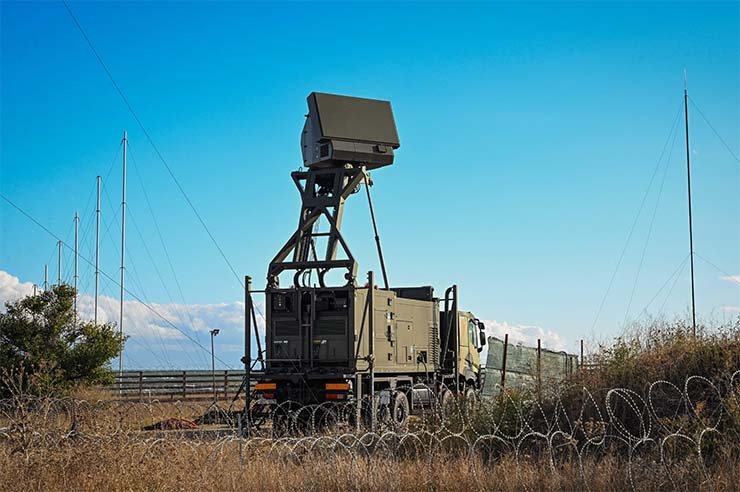
Berlin: Germany’s high-tech defence firms are adapting their business practices amid the war in Ukraine, replacing the sector’s boutique approach with a greater focus on mass production, according to company officials. The key factor now tends to be speed, officials said. How soon systems can be delivered and combat-ready trumps clients’ requests for custom tailoring.
“We have seen a fundamental change in our production philosophy,” Lothar Belz, company spokesperson for German sensor manufacturer HENSOLDT, said. This stems in large part from the increased demand, he said. While in the past HENSOLDT usually delivered fewer than five large radars per year, those numbers have now risen to over 15 annually. By 2025, the cadence is expected to be 20 per year, according to Belz.
Output from certain departments – such as remote sensing and electronic warfare – has increased threefold since the “Zeitenwende,” German Chancellor Olaf Scholz’s famous turn of phrase describing a continent no longer deemed at peace following Russia’s invasion of Ukraine.
About half of HENSOLDT‘S radar production is destined for Kyiv this year, Belz said. It’s an example how “Zeitenwende” – which translates into something like turning point or watershed moment – is slowly seeping into Germany’s defence policy and industry apparatus.
The term also came with a financial component, most notably a €100 billion cash infusion to the German armed forces and a pledge to raise annual defence spending past the NATO target of 2% of GDP for the coming years. Scholz has called the measures “the most far-reaching change in German security policy since the Bundeswehr was founded in 1955.”
Companies are feeling the time crunch. “We definitely had orders where the customer said: ‘At the end of the day, we don’t care about the exact colour scheme that much,’” said Pitt Marx, spokesperson of Thales Germany. He explained that contracts previously were usually signed with some breathing room when it came to the production timeline. Now, the company has had to “bundle capacities” and assign some employees to projects they would not usually work on to meet objectives.
Thales’ customers receive their orders quicker than they would have a few years ago, Marx said. Similarly, at HENSOLDT, radars are now delivered typically “within a year” of the contract, though exact timing still depends on “adaptation necessities,” Belz said. To meet the new demands, HENSOLDT has added a new shift and increased the size of its production staff by 15% in the past two years.
German radio specialist Rohde & Schwarz added almost 2,000 new employees, and the company also added a third shift, according to spokesperson Dennis-Peter Merklinghaus.
At HENSOLDT, the dictate of the Zeitenwende has affected everything, ranging from production – “we now do industrial serial production,” Belz said – to the supply of components and even the handling of testing and the handoff of finished systems to customers.
Meanwhile, the industry is still feeling the aftershocks of the COVID-19 pandemic, whose supply chain disruptions never quite went away. For Rohde & Schwarz, retaining control of needed components has paid dividends, keeping deliveries on time even during the height of the global health crisis. “We can build everything from the smallest chips to ordinary server racks ourselves and do so within Germany,” Merklinghaus said.















